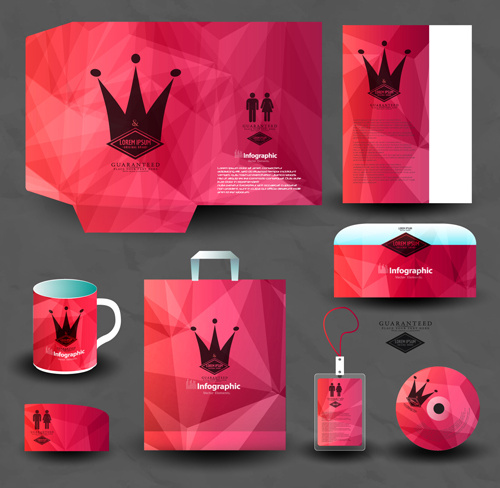

CHRISMAS STATIONERY ADOBE ILLUSTRATOR VECTOR SOFTWARE
Editing vectors in raster-based software can prove difficult. You’ll need a vector-based design program like Adobe Illustrator to open and work on vector files. Vector files tend to be more suitable for graphics rather than photographs. Highly detailed digital photos may be better suited to the raster format, where their individual pixels can be edited.

These are some of the disadvantages of using vector files: You can add shapes, text, different colors, and filters to create unique illustrations and designs - plus, you can easily go back and edit over and over again. All you have to do is: open the PSD mock-up file in Photoshop (CS6 or CC is recommended) double-click to activate the Smart layer in the layers window drag and paste your brand’s design onto the layer and. The bigger you stretch them, the more the quality can decline.īy avoiding blocks of pixels, vector files tend to be more lightweight than raster images such as photos, which can feature lots of camera data. This feature allows you to adjust the objects to your design without damaging the original image. In contrast, raster files only maintain their resolution when fitted to a specific size. There’s virtually no limit on how big you can make a vector image without losing its resolution. Some of the major benefits of vector files include: There are both pros and cons to using vector images over the raster format. All three offer their own specific advantages, disadvantages and ultimately, use cases.Īdvantages and disadvantages of vector files. Basically, vectors don’t lose quality when resized.Īt the same time, don’t confuse either raster or vector formats with RAW files, which are unaltered, uncompressed images made up of direct data taken from a camera’s sensors. They’re created with mathematical equations, lines, and curves - using points fixed on a grid - which means images can be made infinitely larger (or smaller) without losing resolution. This means raster files can become distorted if you resize them beyond the amount of space the pixels were meant to fill. Raster files are composed of a fixed number of square pixels. They’re formed in different ways and are better suited to some projects than others.

When you work on any digital project, you’ll encounter two distinct types of image files - raster and vector. Let’s take a step back before actually defining the vector file.


 0 kommentar(er)
0 kommentar(er)
